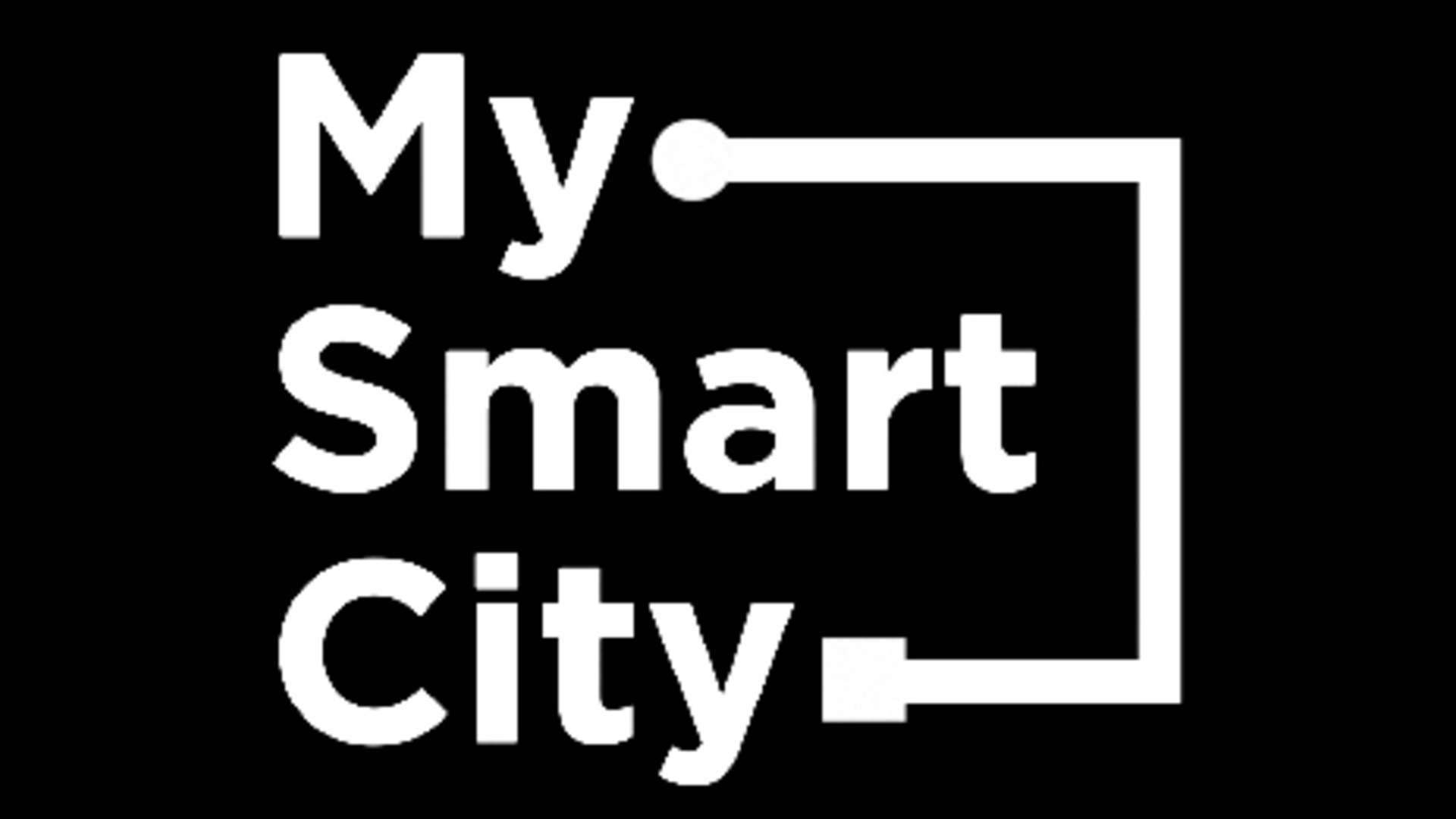Disruptive tech innovations can put citizens in power seat
Uber, the ridesharing app that changed the way people commute, is a global example of disruptive tech innovation that created a new market and value network for travellers. Uber displaced established taxi industries in populated cities.
Taxi industries across the world are highly regulated and entrenched. In most cities, the taxi industry relies on technology developed decades ago. Yet Uber, using internet-based mobile technology that connects passengers and drivers, pulled the rug from under the feet of existing players. Uber created a new market due to the attributions of its offering– convenient payment options, putting the "style" into ridesharing, customer-centricity and accessibility.
Uber took off because it met specific needs through its technology platform that traditional services were not satisfying. Its current slogan sums up the clout of its technology platform: "What started as a way to tap a button to get a ride has led to billions of moments of human connection as people go to all kinds of places in all kinds of ways with the help of our technology".
The genuine opportunity of the Digital Age is to provide those with the technological ability the chance to disrupt legacy power systems that cause frustration and lack accountability to citizens and consumers. With disruptive technology, it's possible to put citizens, those that hold power to elect governments, in the driving seat. And this is a good thing.
South Africa's tech revolution
In South Africa, we have disruptive innovations released frequently that are making an impact on marketplaces. Think of Quench, which provides on-demand delivery of groceries and medicines with a few easy steps. With Checkers Sixty60, you select and pay for your groceries online, and they get delivered within a couple of hours. These innovations resulted from organisations identifying pain points within a unique South African landscape and solving those pain points with innovative tech solutions.
Unfortunately, some failed tech innovations have cost citizens millions of rands with little to show for it. Several current public, tech-based service solutions are simply voids and pacifiers. These platforms don't assist customers or citizens in getting their service delivery issues resolved.
Governments, regulators and corporations alike have been wary of disruptive innovations. They fear they can kill off existing jobs and further burden economies already facing obstacles, like Covid-19. But disruptive innovations, if developed with strategic intentions, can bolster job creation and improve economies. Such innovations can also relieve bottlenecks and assist city officials by automating stagnant processes and minimising human error.
As a software solutions business, we work with global utilities developing IT solutions to manage assets and workforces. We believe that the time has come to place citizens, who pay good money for services, in the driving seat.
Our customers, both cities and organisations, have a few things in common: they have geographically dispersed human resources, assets and customers. These customers include utilities, telecommunications companies and contractors. The distance between them and their workforce 'in the field' can be vast. With the help of disruptive technology, we close the gap between the two parties by creating solutions that work for both. These solutions improve efficiencies and productivity.
SA tech platform empowers citizens
The My Smart City citizen's platform launched in July this year is a free, disruptive tech platform funded by private equity. It allows citizens to engage all service providers within their city to log and keep track of service delivery issues.
Currently, City of Johannesburg and City of Cape Town residents can log, manage, track and rate municipal and emergency services. Our dispatch centre follows up on all issues logged and provides feedback directly to the citizen. The insights gained from the platform provide statistical facts into whether city staff are resolving service delivery issues or not.
The good news about this disruptive technology is that city officials cannot stick their heads in the sand. This platform will provide them with a powerful administrative tool to resolve asset management issues in their cities. The platform applies pressure by improving transparency. It's a win-win. The more users engage on the platform, the less municipal staff can brush complaints under the rug.
Where current service delivery doesn't meet consumer satisfaction, disruptive innovations make it possible to turn the table favouring the citizen. We've seen it globally where big tech companies and disruptive platforms have shifted the balance of power and come head-to-head with government institutions. In some cases, governments have been unable to muzzle or regulate these platforms. We have seen this in a local context with the "se push" app.
As economies accelerate towards further technological adoption, so the power balance is shifting. Citizens seem to hold power theoretically, but if citizens come together and leverage the available technology, change will happen. Using disruptive technology creates the possibility of putting citizens in the driving seat of the places where they live and work every day.
- Joao Zoio is the CEO of Acumen Software and Kennedy Mogotsi is the COO.
Read the full article here.
